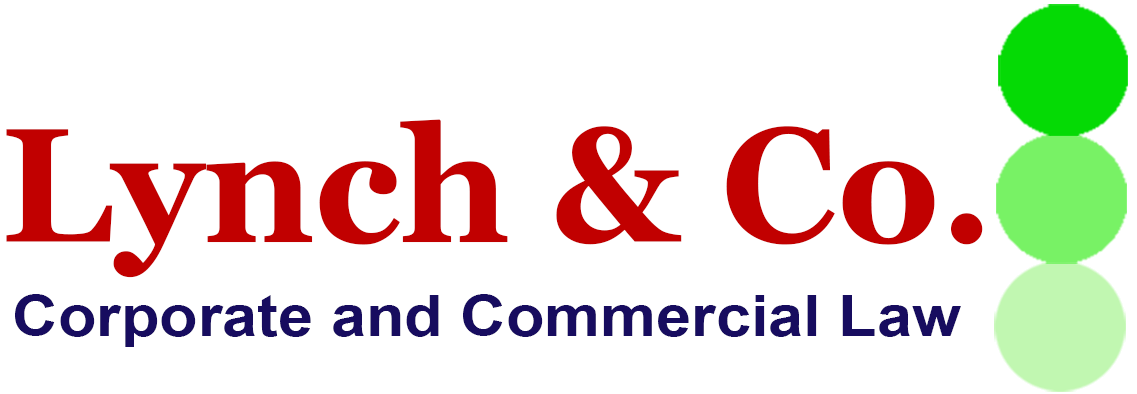The 25 August 2023 New Zealand Supreme Court decision in Yan v Mainzeal Property and Construction Ltd (In Liq) has provided some much-awaited focus and guidance on the somewhat vexed area of company directors’ duties in New Zealand.
Mainzeal focuses on sections 135 and 136 of the Companies Act 1993. These sections, as with other director duties, give rise to director obligations which are primarily owed to the company, not to creditors or shareholders individually. Despite this, both of these sections are ‘creditor focused’ and are aimed at determining how a director should act when a company is facing solvency challenges.
Reckless trading – Section 135: “A director of a company must not cause, allow or agree to the business of the company being carried on in a manner likely to create a substantial risk of serious loss to the company’s creditors.”
Even though labelled “reckless trading”, the section aligns more with imposing a negligence standard on directors. The Mainzeal decision sets out a two-stage approach to assessing liability under section 135:
- first, the Court must objectively determine whether the business of the company was carried on in a way that was likely to create a substantial risk of serious loss to the company’s creditors; and
- secondly, the Court must assess whether the actions of the directors were “reasonable” – whether they were consistent with the care, skill and diligence expected of director with the information the directors had, or should have had. The larger and more complex the company, the higher the level of skill and diligence expected of a director.
The Mainzeal decision also affirms the Supreme Court’s earlier finding in the case of Debut Homes that it will be a breach of section 135 for directors to continue trading a company where there is a substantial risk of loss to creditors, even where trading on for a period could improve the position for some of the existing creditors.
Having found a breach of s 135, the Supreme Court applied the conventional “net deterioration” approach to calculating damages. The Mainzeal directors were not liable for any losses under s 135 because the overall creditor position of the company had, in fact, improved from the point where Mainzeal should have ceased trading (the “breach date”) until the date when receivers were actually appointed.
The Court acknowledged that some companies carry on business in a manner of ‘recognised increased risk’ (e.g. start-ups) and that some creditors may recognise this when they do business with such companies. The Court left open the issue of how section 135 would operate in such cases.
Duty in relation to obligations – Section 136: “A director of a company must not agree to the company incurring an obligation unless the director believes at that time on reasonable grounds that the company will be able to perform the obligation when it is required to do so.”
The Mainzeal decision has resolved the uncertainty as to whether claims under section 136 are limited to larger one-off new obligations, or whether liabilities incurred by ongoing trading are “obligations”. The Court found that obligations incurred in the course of ordinary trading could possibly also amount to a breach of section 136 if the directors are not confident on reasonable grounds that the obligation will be fulfilled.
It is possible for there to be overlap between sections 135 and 136. If an obligation cannot be met, there will often be a substantial risk of loss to a creditor. The Supreme Court though, took a different approach to calculating damages under s 136, resulting in a potentially significant liability being owed by the directors in the event of a breach of section 136.
The case law relating to section 136 recognises that a near insolvent company may be capable of meeting its short-term obligations, but not medium to long-term obligations. In those circumstances, it may not be a breach of Section 136 for directors to allow a company to continue trading, but they should not be committing the company to mid or long-term obligations, such as large new projects or significant expenditure.
Central to the Court’s decision was an acknowledgement of the following competing policy concerns in relation to directors’ duties:
- it acknowledged the desirability of companies taking business risks and allowing directors a wide discretion in matters of business judgment; but
- it also acknowledged the need to protect those who extend credit to companies from the risk of loss – especially due to the financial knowledge imbalance issues faced by creditors.
On balance, the Supreme Court considered that the wording of sections 135 and 136 reflected a legislative decision to place greater emphasis on the protection of creditors.
So – what are the key learnings for company directors?
Some key ‘takeaways’ for directors include the following:
- Directors are required to continuously monitor the performance and future prospects of their company, and will be in breach of their duties if they do not do so;
- Where there is uncertainty about the solvency of a company, or its ability to meet its obligations, directors should be taking expert advice from sources independent of the company;
- Directors of an insolvent, or nearly insolvent, company can take a reasonable time to “take stock” and decide on an appropriate course of action. What will constitute a “reasonable time” will depend on the circumstances of each case, including the complexity of the company’s affairs and the urgency of the presenting situation;
- A long-term strategy of trading while ‘balance sheet insolvent’ is generally unacceptable unless there are exceptional circumstances (for example, where support is provided from a related company or a third party that can reasonably be relied on);
- A company can only trade while insolvent while its directors identify whether or not there is a path forward that does not create a substantial risk of loss to creditors. If losses to creditors are unavoidable, it cannot continue trading in an attempt to mitigate those losses;
- At the point where directors have concerns about the solvency of a company, directors should be paying substantial regard to the interests of creditors; and
- Both Mainzeal and Debut Homes emphasise the alternative mechanisms available under the Companies Act to companies and directors facing financial difficulties. These include creditor compromises and arrangements, under Part 14 and Part 15, and voluntary administrations under Part 15A of the Companies Act.
The Supreme Court also confirmed that the directors’ duties under ss 135 and 136 apply to each company within a group of companies. While the inter-group position may well be relevant to assessing a company’s future prospects, the directors owe separate duties to each company within the group (which are not obviated by s 131(2) of the Companies Act).
In summary, the Mainzeal decision has emphasised that the creditor protection rationale of sections 135 and 136 take priority over the “business judgment rule” (which has greater prominence in the UK). Directors need to be aware that this creditor focus arises not just when an insolvent liquidation is certain, but earlier, when the company is insolvent, or approaching insolvency, and it’s not clear that the company can trade its way through without any creditors suffering loss.
For each case, an assessment will need to be made based on the facts and circumstances then existing and reasonably contemplated, alongside the relevant portions from the Mainzeal decision and other law relating to sections 135 and 136.

